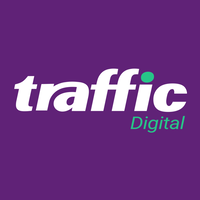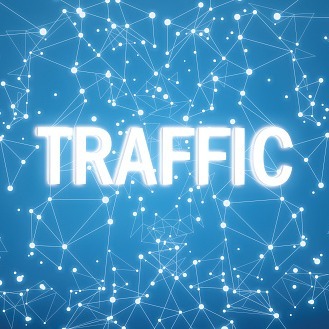Organic Traffic vs. Paid Traffic
When it comes to driving traffic to a website, there are two primary options: paid traffic and organic traffic. Paid traffic involves paying for advertising, such as pay-per-click (PPC) ads or social media ads, while organic traffic refers to the traffic that comes to your website through unpaid means, such as search engine optimization (SEO) or social media posts.
While both paid and organic traffic can be effective ways to drive traffic to your website, there are significant differences between the two that are worth understanding. In this article, we will explore the differences between paid traffic and organic traffic and discuss the pros and cons of each.

Organic Traffic
Organic traffic, on the other hand, refers to the traffic that comes to your website through unpaid means, such as SEO, social media posts, or content marketing. Organic traffic tends to be more sustainable than paid traffic because it is not reliant on advertising spend. Instead, it relies on creating valuable content that people want to engage with and share.
Organic traffic also tends to be more effective at building trust and credibility with your audience. When people find your website through a search engine or social media post, they are more likely to view your business as an authority in your industry. Additionally, organic traffic can continue to drive traffic to your website long after your initial investment, as content can continue to rank in search engines or be shared on social media.
However, organic traffic can be slower to generate than paid traffic. It can take time to create content that ranks well in search engines or to build a following on social media. Additionally, organic traffic can be less predictable than paid traffic, as it is subject to changes in search engine algorithms or social media algorithms.

Paid Traffic
Paid traffic refers to any traffic that comes to your website through paid advertising. This can include PPC ads, social media ads, display ads, and more. The main benefit of paid traffic is that it can be targeted very precisely to reach a specific audience. For example, with PPC ads, you can target people who are searching for specific keywords, or with social media ads, you can target people based on their demographics, interests, and behaviors.
Paid traffic also offers a high degree of control and flexibility. You can adjust your campaigns in real-time based on how they are performing, and you can set budgets and bids to control your costs. With paid traffic, you can also get results very quickly, as you can start driving traffic to your website as soon as your campaigns are up and running.
However, paid traffic can be expensive, especially if you are in a highly competitive industry or targeting a popular keyword. Additionally, paid traffic can be less effective than organic traffic when it comes to building long-term relationships with your audience.
Which is Right for Your Business?
The choice between paid traffic and organic traffic ultimately depends on your business goals and budget. If you need to drive traffic quickly, paid traffic may be the best option. If you have a limited budget, organic traffic may be the more sustainable option. However, it is worth noting that the most successful businesses tend to use a combination of both paid and organic traffic to drive traffic to their website.
In conclusion, both paid traffic and organic traffic can be effective ways to drive traffic to your website. Paid traffic offers a high degree of control and flexibility, while organic traffic can be more sustainable and effective at building trust and credibility with your audience. Ultimately, the choice between paid traffic and organic traffic depends on your business goals and budget, and the most successful businesses tend to use a combination of both to achieve their desired results.
#cars #business #leaders #ai #sales #data #google #compliance #money #dollar #stage
 Add Row
Add Row  Add
Add 




Write A Comment